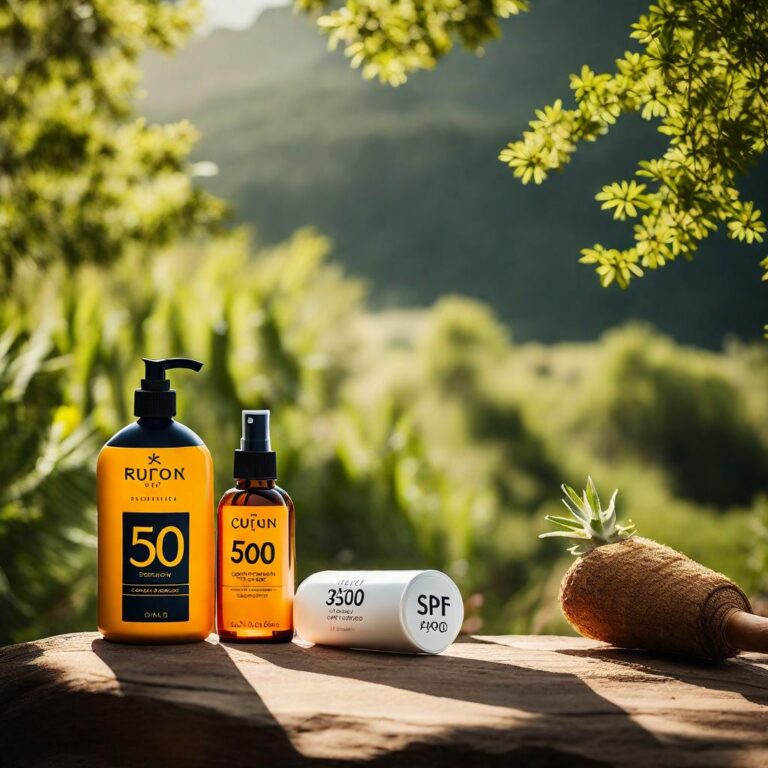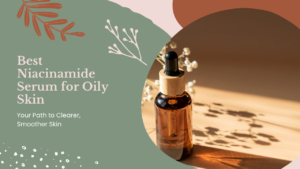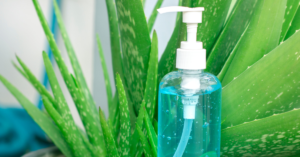Decoding Sunscreen Choices: Is SPF 30 or 50 better?
Sunscreen stands as the first line of defense for your skin against the sun’s rays. Yet, the multitude of options can make picking the right one a daunting task. Among these variables, the Sun Protection Factor (SPF) holds paramount importance as a gauge of a sunscreen’s effectiveness. Enter SPF 30 and SPF 50, two widely chosen types with distinct protection levels. But which one truly aligns with your needs? The common question on many minds is, Is SPF 30 or 50 better?
Understanding SPF: What Does It Mean?

SPF, or Sun Protection Factor, serves as a vital gauge of a sunscreen’s defense against the sun’s harmful ultraviolet (UV) rays. These rays, if unchecked, contribute to sunburn, premature aging, and escalate the possibility of skin cancer. The SPF number directly correlates to the level of safeguarding it offers against UVB rays, making it a crucial factor in shielding your skin from harm.
SPF 30 vs 50
SPF 30 sunscreen effectively blocks approximately 97% of UVB rays, ensuring only 1/30th of the sun’s harmful UVB rays reach your skin when applied correctly. This level of protection makes it an ideal choice for daily routines, offering moderate shielding during errands, work commutes, or brief outdoor activities.
Bear in mind, no sunscreen can entirely shield you. Consistent reapplication, every two hours or more frequently if swimming or sweating, is pivotal to uphold its effectiveness.
SPF 50 sunscreen elevates the defense game, blocking around 98% of UVB rays. When applied correctly, it permits just 1/50th of UVB rays to breach your skin. This heightened protection deems it ideal for prolonged outdoor pursuits, particularly during peak sun periods, or for individuals with fair, sun-sensitive skin prone to damage.
You May Also Like to Read
Which One Should You Choose?
Choosing between SPF 30 and SPF 50 hinges on several factors:
Skin Sensitivity: For those with fair or sensitive skin prone to sunburn, SPF 50 adds an extra layer of defense against harmful rays, offering enhanced protection.
Sun Exposure: Opting for SPF 50 becomes crucial during prolonged periods outdoors, especially during peak sun hours, providing a higher level of safeguarding.
Reapplication: Regardless of SPF, consistent sunscreen reapplication is key. Diligently reapplying every two hours ensures SPF 30 still affords sufficient protection for daily activities.
Skin Type: Consider your skin type and sunburn history. Individuals more susceptible to sunburns or with a history of skin cancer may lean towards SPF 50 for added protection.
The Bottom Line
Both SPF 30 and SPF 50 sunscreens are effective guards against harmful UVB rays, yet their distinction lies in the degree of protection they offer. SPF 50 stands as a higher shield, perfect for extended outdoor activities or sensitive skin, while SPF 30 suits daily use and shorter sun exposure periods.
Remember, sunscreen alone isn’t the sole defense against the sun. Combining it with protective clothing, seeking shade, and avoiding peak sun hours are integral steps in ensuring your skin stays safe.
Conclusion
Choosing the right sunscreen relies on various factors, including your specific skin type (oily, dry, or sensitive), the duration and intensity of sun exposure, and your daily activities (indoors vs. outdoor). Applying SPF 30 or SPF 50 adequately, especially after swimming or sweating, is crucial for shielding your skin from harmful UV rays.





